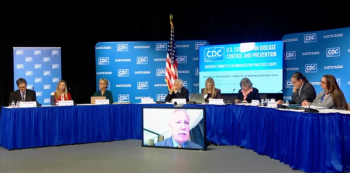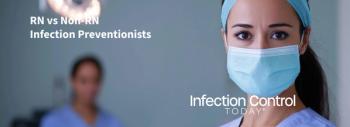
More Than Half of Young HIV-Infected Americans are Not Aware of Their Status
Young people between the ages of 13 and 24 represent more than a quarter of new HIV infections each year (26 percent) and most of these youth living with HIV (60 percent) are unaware they are infected, according to a Vital Signs report from the Centers for Disease Control and Prevention (CDC). The most-affected young people are young gay and bisexual men and African-Americans, the report says.
The analysis looks at the latest data on HIV infections, testing, and risk behaviors among young people and was published in advance of World AIDS Day, Dec. 1, 2012.
Overall, an estimated 12,200 new HIV infections occurred in 2010 among young people aged 13-24, with young gay and bisexual men and African-Americans hit harder by HIV than their peers. In 2010, 72 percent of estimated new HIV infections in young people occurred in young men who have sex with men (MSM). By race/ethnicity, 57 percent of estimated new infections in this age group were in African-Americans.Â
That so many young people become infected with HIV each year is a preventable tragedy, says CDC director Thomas R. Frieden, MD, MPH. All young people can protect their health, avoid contracting and transmitting the virus, and learn their HIV status.
According to CDC experts, a number of factors contribute to the high levels of HIV in young people and vary by population. HIV prevalence is higher in some communities than in others, which can increase the likelihood that a person will be exposed to infection with each sexual encounter. Previous research has also found that other factors can increase risk of infection, such as higher levels of unrecognized and untreated infection, as well as social and economic factors, such as poverty, lack of access to healthcare, stigma, and discrimination.
Despite recommendations from CDC and the American Academy of Pediatrics that call for routine HIV testing of youth in medical settings, the analysis shows that 35 percent of 18-24-year-olds have been tested for HIV, while only 13 percent of high school students (and 22 percent of sexually experienced students) have ever been tested.
Partially as a result of lower testing levels, HIV-infected people under the age of 25 are significantly less likely than those who are older to get and stay in HIV care, and to have their virus controlled at a level that helps them stay healthy and reduce their risk of transmitting HIV to partners.
CDC also examined risk behaviors among high school students in 12 states and nine large urban school districts, and found that young MSM reported engaging in substantially higher levels of risk behavior than their heterosexual male peers:
 Young MSM were more likely to report having had sex with four or more partners or ever injecting illegal drugs.Â
 Among students who were currently sexually active, young MSM were more likely to have used alcohol or drugs before their last sexual experience, and were less likely to have used a condom.Â
 Young MSM were also less likely to report having been taught about HIV or AIDS in school.
We can and must achieve a generation that is free from HIV and AIDS, says Kevin Fenton, MD, director of the National Center for HIV/AIDS, Viral Hepatitis, STD, and TB Prevention, CDC. It will take a concerted effort at all levels across our nation to empower all young people, especially young gay and bisexual youth, with the tools and resources they need to protect themselves from HIV infection. These efforts are underway as part of the National HIV/AIDS Strategy.
CDC works with partners across the country to help prevent HIV and other STDs among young people. These efforts include encouraging HIV education and testing, funding the delivery of targeted testing and prevention services for youth at greatest risk, and working to address the social and environmental factors that can place some youth at increased risk. CDC also provides data and support to help communities develop effective school- and community-based HIV and STD prevention efforts.
Â
Newsletter
Stay prepared and protected with Infection Control Today's newsletter, delivering essential updates, best practices, and expert insights for infection preventionists.






